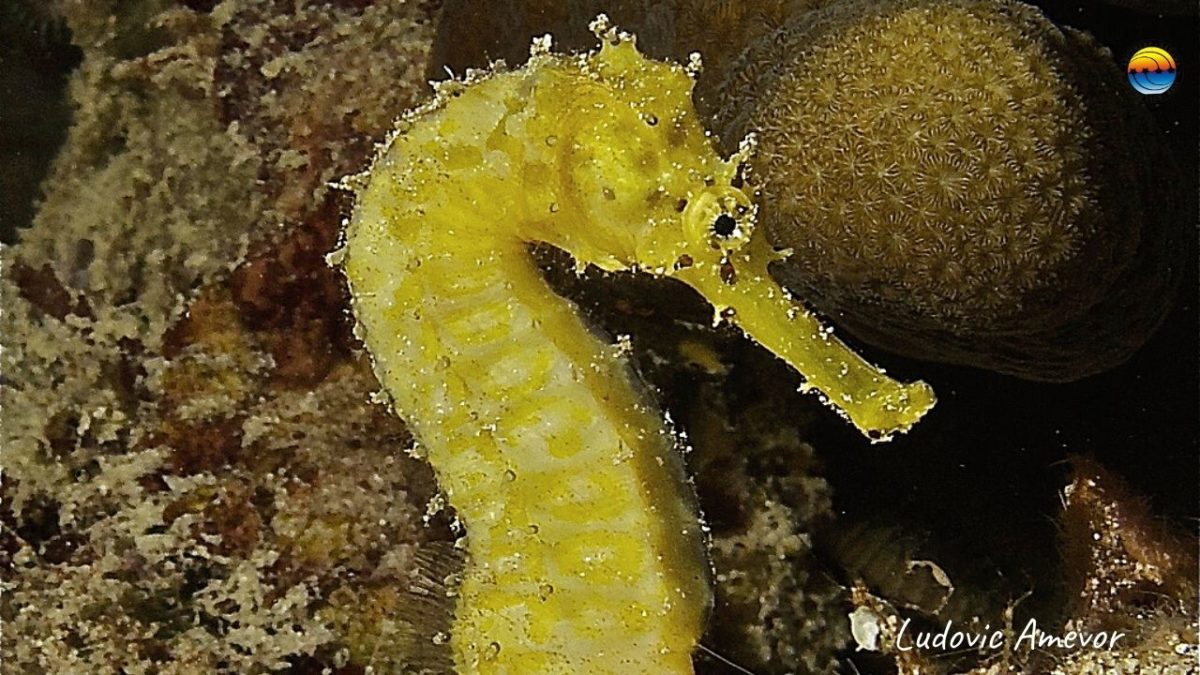Scuba diving in Bali with seahorse.
Seahorse – Fun Facts
1. It doesn’t look like, but it is a fish!
Seahorses (genus Hippocampus) are intriguing little creatures. They are fish belonging to the Syngnathidae family, which also includes needlefish and pipefish as well.
Its scientific name comes from the Greek (hippos, which means “horse”) and kampos (“sea monster”).
Video by Ludovic Amevor
2. Seahorse lives mainly in shallow tropical and temperate water around the world
They live in corals, macro-algae, gorgonians, and mangroves.
3. There are 54 known species of hippocampus
Species vary in size and appearance.
The smallest is Denise’s hippocampus (Hippocampus Denise). Its size ranges from 0.8 to 2 centimeters long.
Among the largest species is the pot-bellied seahorse (Hippocampus abdominalis), with a length of up to 35 centimetres.
4. More fun facts about seahorse
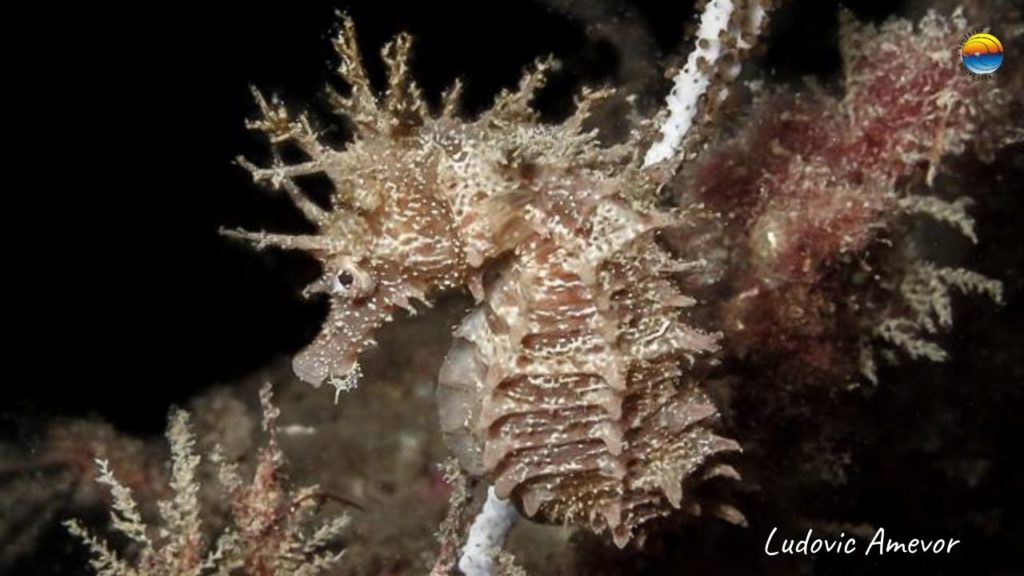
Seahorses’ bodies are covered in tiny, hard, spiny plates, that are fused together. They breathe through gills, have a flexible neck, a snout and a prehensile tail that allows them to grab onto seagrass and other weeds and prevents them from being washed away by strong currents and waves. They do not have scales.
To communicate with each other, they make a kind of noise with rapid movements of their head. In truth, they rub the skull with its upper external skeleton.
5. Seahorse is a poor swimmer
They swim upright and rely on their dorsal fin beating 30-70 times per second to propel themselves.
Pectoral fins at either side of the head help with stability and steering. To move up and down, they adjust the volume of air in a tiny pocket inside their body called the ‘swim bladder.’
6. It is master of camouflage
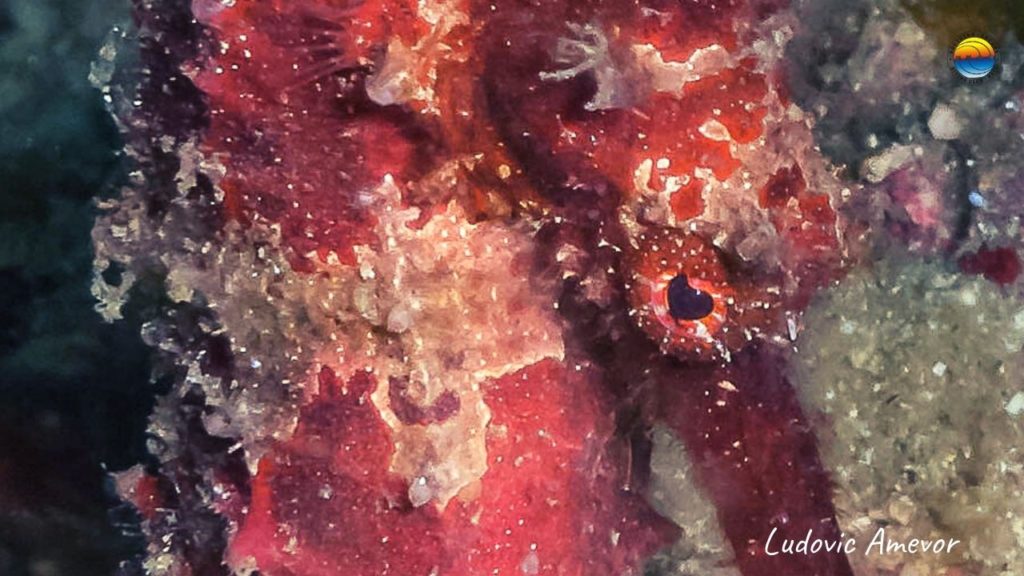
In fact, this fish can be incredibly difficult to spot. Depending on the species, they are even able to develop long or short skin filaments or change their color thanks to unique structures in their skin cells called chromatophores.
Since they move very slowly, this camouflage strategy is vital for survival.
Seahorses are super-skilled ambush predators, and camouflage skills are also essential when hunting. They feed on small crustaceans and actually, they don’t chase their food. They wait, unnoticed, for prey to pass by.
7. They eat a lot!
Because seahorses don’t have teeth or stomachs, eating and digestion are quite the chore.
They have to eat constantly so they don’t starve. For instance, they eat 30 to 50 times and up to 3,000 or more brine shrimp daily.
8. Seahorse has excellent eyesight
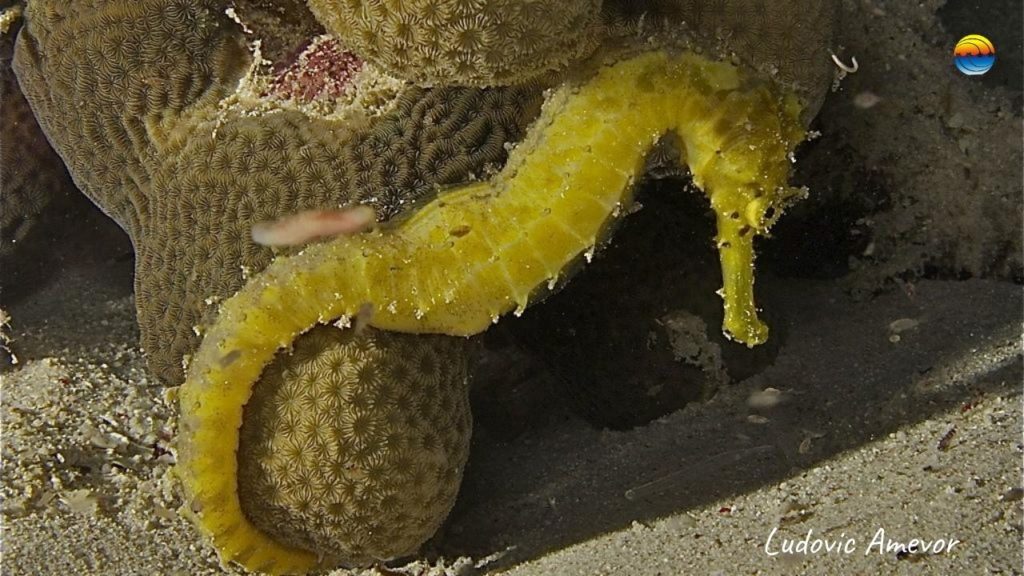
Their eyes can work independently on either side of their head.
This means that they can look back and forth at the same time, which is particularly helpful in finding their prey. When the prey comes within reach, seahorse sucks it through its bony snout by a quick movement of its head. Their snouts can expand if their prey is larger than they are. Because they don’t have teeth, they swallow their prey whole.
9. Seahorse is territorial
Usually, females have a territory of about 100 square meters, while males have about 0.5 square meters. Their territories overlap.
10. Many species of seahorse are monogamists, sticking with one partner for long periods or even for life
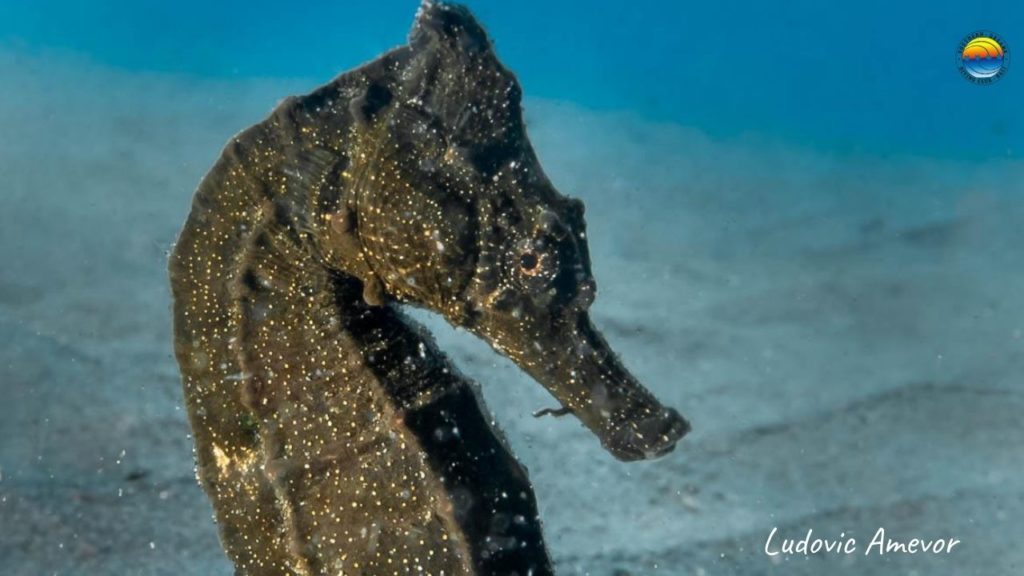
11. Courtship rituals
Every morning, seahorse couples meet to greet each other and strengthen their romantic bond with an elaborate courtship display.
The female meets the male in his territory, and as they get closer, they change color. The male surrounds the female, and the pair often spirals together around an object. This ritual can last up to an hour. Once over, the female returns to her territory.
12. Reproduction can be triggered by light, temperature, and turbulence of the sea in the area.
When their reproductive cycles are synchronized, the couple performs the ceremonial dance. They’ll twist their tails together and pirouette in slow motion.
After the elaborate dance, the male drops his seminal fluid, and fertilization occurs as the eggs enter the male’s brood pouch.
Females pass their eggs with the help of a genital appendix, called an ovipositor, about three millimeters long, into the males’ ventral pouch. Both the entrance of the eggs in the pouch and their fertilization occur in an extraordinarily fast process (just 6 seconds).
The number of eggs can vary from 50-150 for smaller species to 1,500 for larger ones.
Unlike other species, the male seahorse is the one that gets pregnant and is in charge of egg development.
The male seahorse carries the eggs for ten days to six weeks, depending on the species and the temperature of the seawater. After this period, the male gives birth to the young. This process can be long, with contractions lasting up to 12 hours.
The male typically gives birth at night and is ready for the next batch of eggs by morning when his mate returns , and the pair immediately mate again.
13. Newborns are totally independent
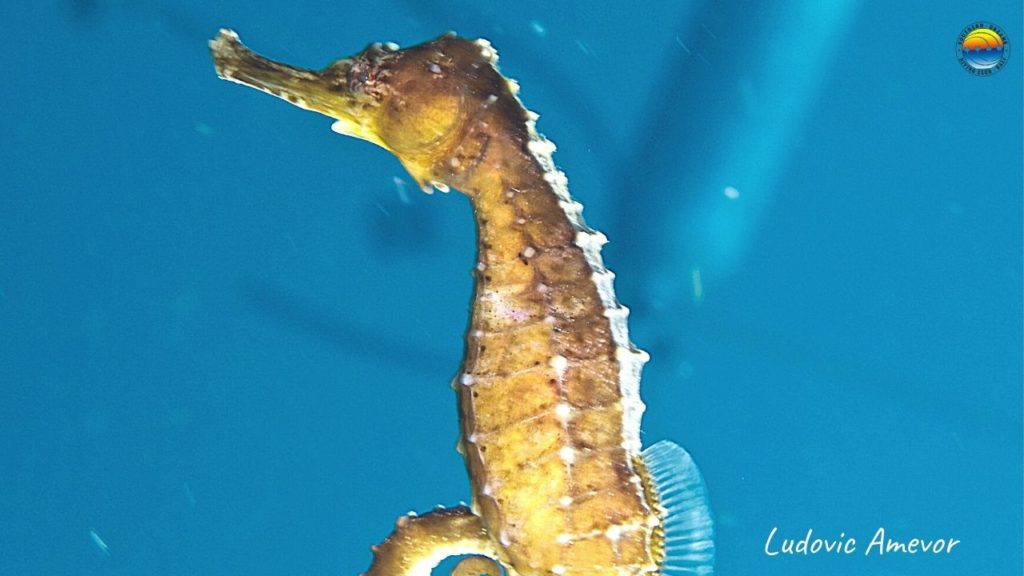
Newborns look like a smaller version of their parents, about seven to eleven millimeters long. They are on their own and completely independent as soon as they are born.
They spend the first 2 or 3 weeks of their life slowly drifting in the plankton layer of the ocean, looking for something to hold on to.
Because they have numerous predators, less than one out of 1,000 survives long enough to become an adult.
14. Seahorse can live for 1 to 5 years
15. Seahorse need our help!
Humans are the greatest threat to the seahorse. Because they often live in shallow water near the coast, human activities such as pollution, fishing, and development have threatened their numbers.
Over 150 million seahorses are captured annually to be used in traditional Chinese medicine and to prepare all kinds of medicines.
Seahorses, starfish, and shells are also targeted in souvenir markets. They are caught in the sea and then burned to death under the sun.
Another great danger is the pet trade. It is estimated that one million seahorse are taken every year from the wild and it is thought that less than 1,000 survive more than six weeks in aquariums.
Unfortunately, because of all of these threats, some species of seahorses are vulnerable to extinction.
16. Scuba diving in Bali with seahorse
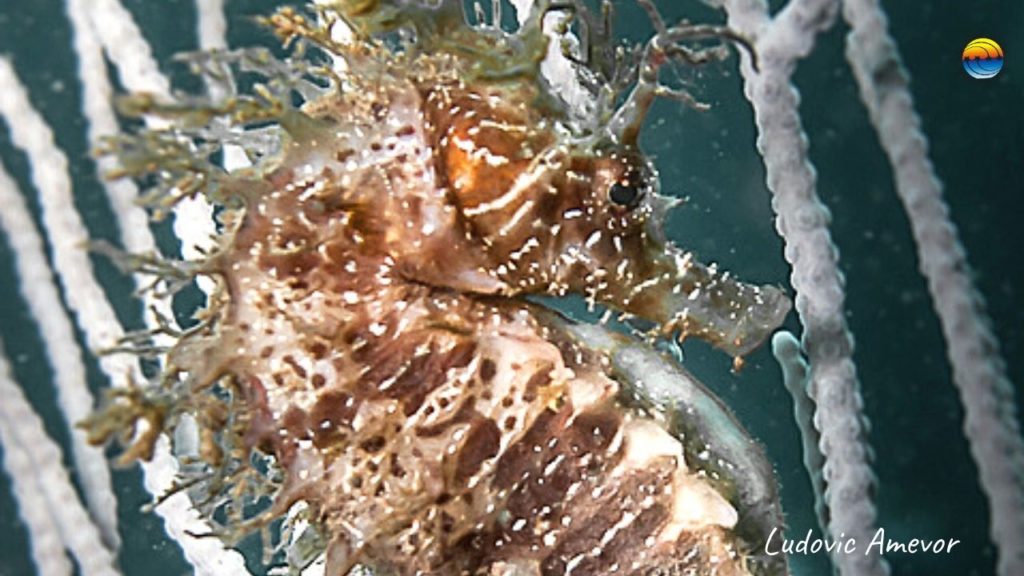
In Bali, we have many different species of these fabulous animals. We can often spot seahorses all along the East Coast. From Tulamben to Amed and all the dive sites in between. As well as Padangbai. For example, at Blue Lagoon and Jepun Wreck.
Be a responsible diver
Seahorses are an important part of the marine world; saving them is imperative. You can make a difference by:
- Master a perfect buoyancy to avoid touching anything underwater
- Do not touch coral and take any marine life
- Only dive with companies which have endorsed and adhere to the Code of Conduct
- Refuse to buy seahorse souvenirs and wild-caught seahorse for aquarium
- Support marine protected areas
- Reduce ocean pollution
- Always follow your dive guide instructions
👉 Get the latest news about marine life in Bali on our blog

